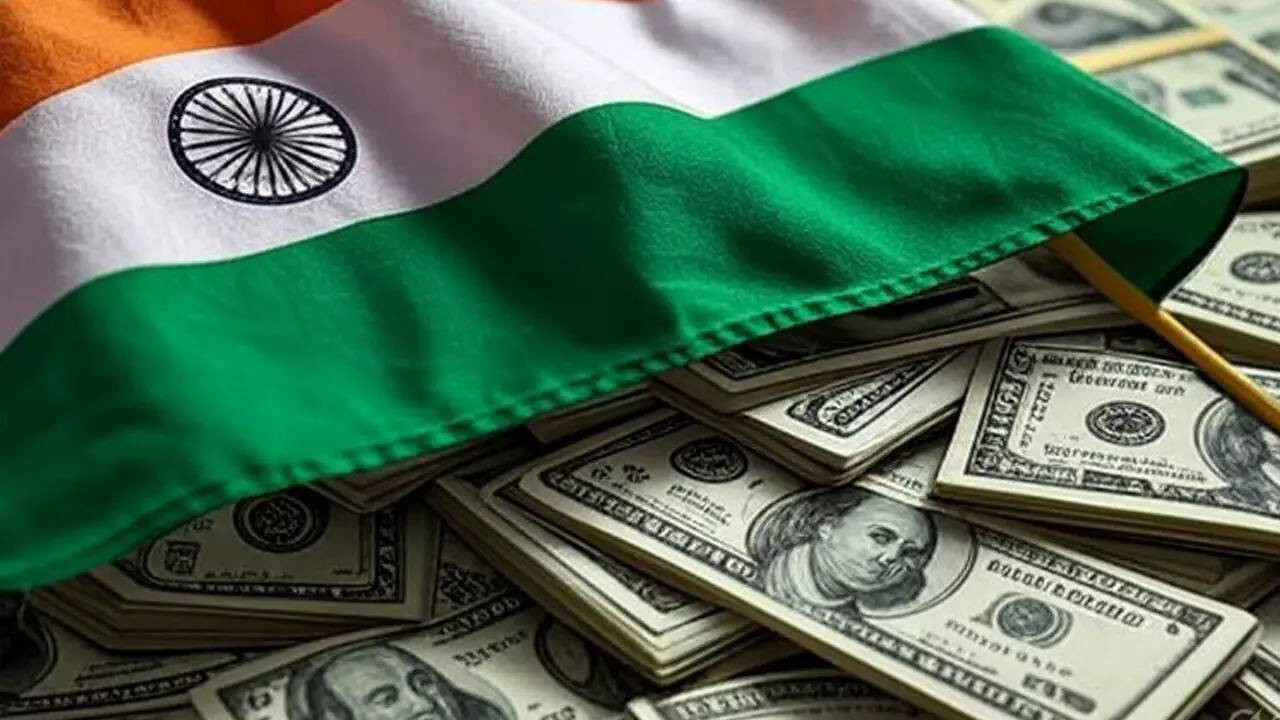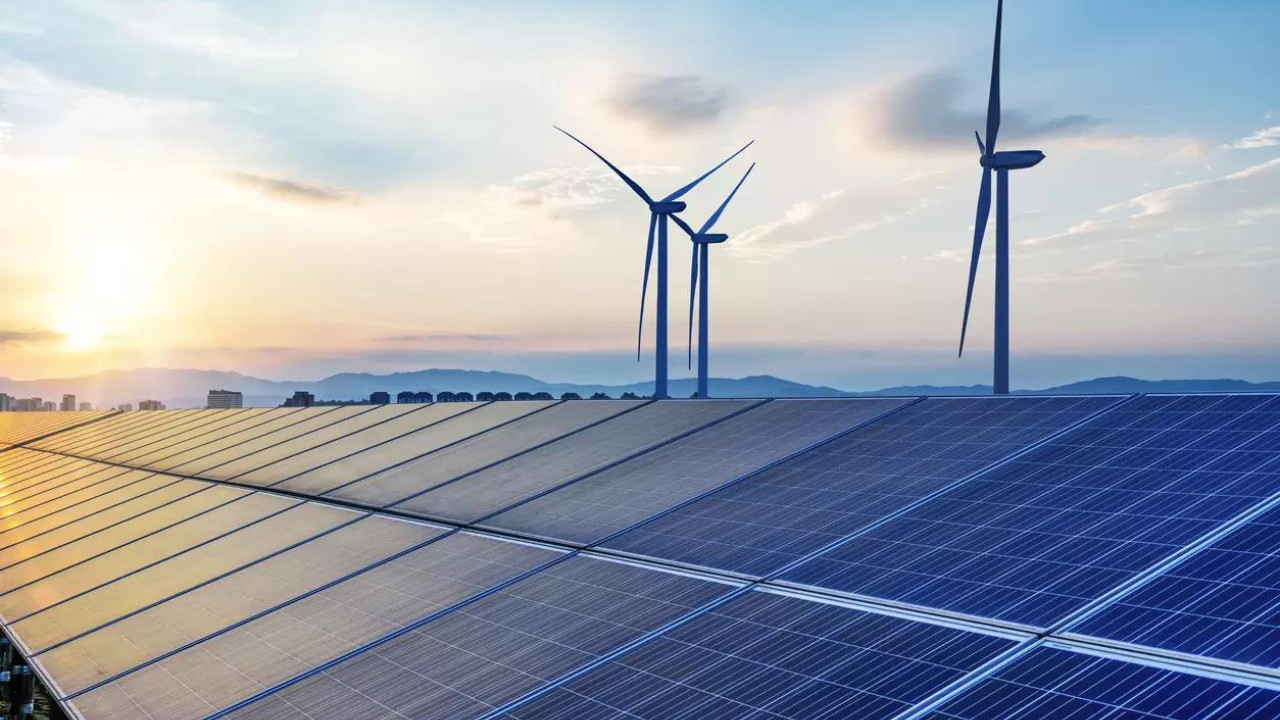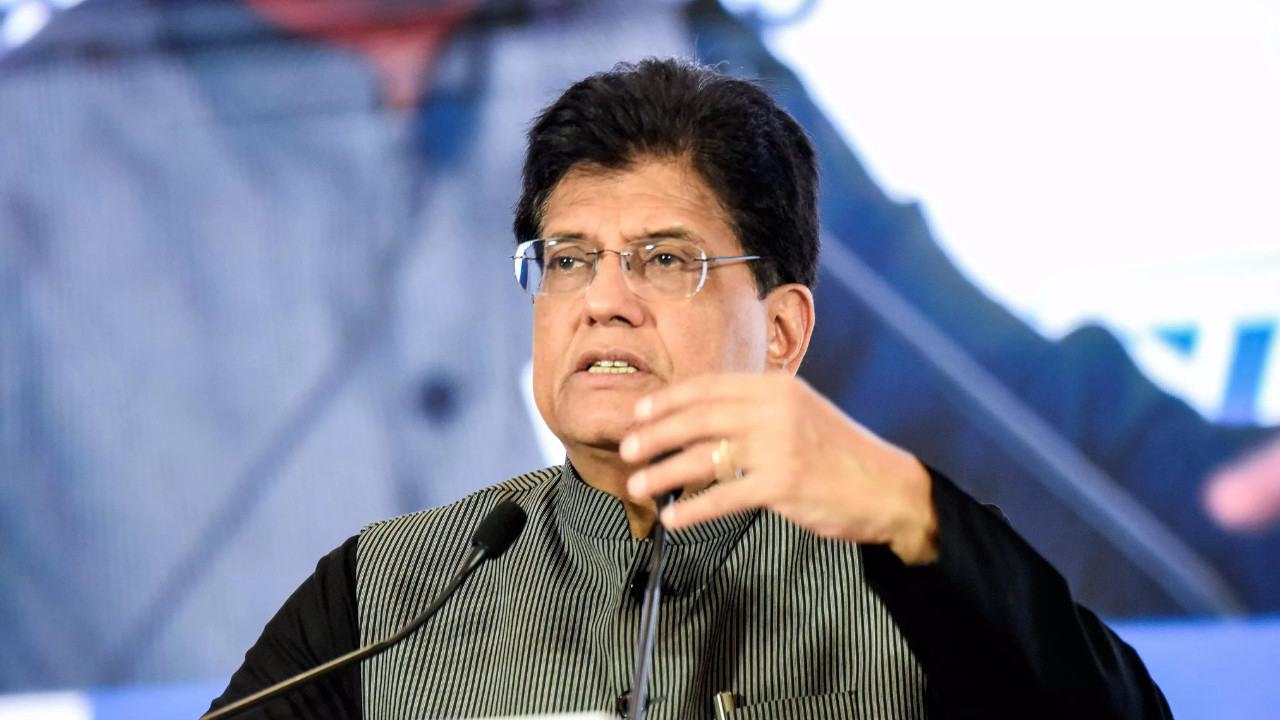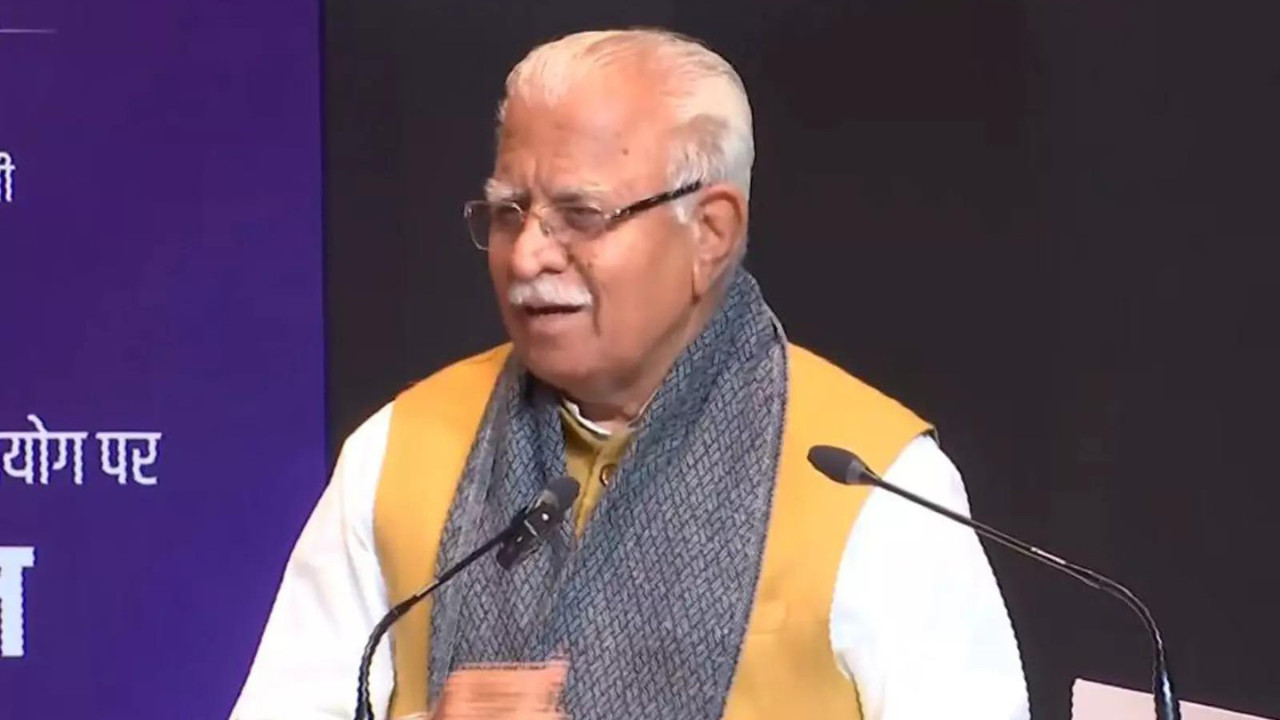India’s foreign exchange reserves rebounded, climbing by $6.992 billion to $692.721 billion in the week ending May 23, according to the RBI. This increase was driven by a rise in foreign currency assets and gold holdings.
India’s Forex Vault: A Closer Look at the Growing Treasure Chest
Okay, let’s talk money. Specifically, India’s money. You know, that gigantic pile of foreign currency reserves stashed away by the Reserve Bank of India (RBI). It’s been making headlines lately, and for good reason.
The latest figures are in, and they paint a pretty rosy picture. For the week ending May 23rd, our forex reserves ballooned by a whopping $6.992 billion, bringing the grand total to a rather impressive $692.721 billion. That’s a significant jump, and naturally, it begs the question: what’s driving this surge, and what does it all mean?
Think of forex reserves like a national piggy bank, only instead of coins and crumpled bills, it’s filled with US dollars, euros, gold, and special drawing rights (SDRs) from the International Monetary Fund (IMF). These reserves act as a buffer, a financial safety net for the country. They’re crucial for managing our balance of payments, stabilizing the rupee, and generally maintaining confidence in the Indian economy on the global stage.
So, how did we manage to add nearly $7 billion to this already overflowing vault in just a single week? Well, the official RBI report points to increases in foreign currency assets (FCAs), gold reserves, and the Special Drawing Rights (SDRs). Let’s break that down a bit.
FCAs form the largest component of our forex reserves. They essentially represent the value of foreign currency held by the RBI, primarily in the form of US Treasury bonds and other liquid assets. An increase in FCAs could be due to various factors, including foreign investment inflows, export earnings exceeding import costs, or even simply the RBI’s intervention in the currency market to prevent excessive rupee volatility. Think of it as the RBI buying dollars with rupees, adding to its dollar stockpile.
Then there’s the glittery stuff – gold. India’s been steadily increasing its gold reserves in recent years, diversifying its portfolio and hedging against global economic uncertainties. Gold is often seen as a safe-haven asset, and a rise in its value, coupled with outright purchases, contributes to the overall increase in forex reserves. Let’s be honest, who doesn’t like a bit of gold in their portfolio? It adds a touch of stability (and a lot of shine!).
Finally, we have the SDRs, those somewhat mysterious international reserve assets created by the IMF. Their value is based on a basket of major currencies, and increases in SDR holdings can occur due to allocations from the IMF or revaluations based on currency fluctuations.
But beyond the technicalities, what’s the bigger picture here? A healthy level of forex reserves provides a significant cushion against external shocks. Imagine a sudden global financial crisis, or a sharp spike in oil prices. With ample forex reserves, India is better equipped to weather the storm, manage its currency, and ensure continued economic stability.
This recent increase also signals a positive sentiment towards the Indian economy. It suggests that foreign investors are confident in India’s growth potential, and that the country is attracting significant capital inflows. It also gives the RBI more firepower to intervene in the currency market if needed, preventing excessive rupee depreciation and protecting against imported inflation.
However, it’s not all sunshine and roses. While a large forex reserve is undoubtedly a good thing, it also comes with its own set of challenges. For instance, managing such a large pool of assets requires careful planning and strategic investment decisions. The RBI needs to ensure that the reserves are invested in safe and liquid assets, while also generating a reasonable return. Finding that balance is crucial.
Furthermore, a large forex reserve can sometimes be interpreted as a sign of rupee undervaluation. If the RBI is actively intervening to prevent the rupee from appreciating, it could potentially attract criticism from trading partners who might view it as unfair trade practice. Navigating these international dynamics requires a delicate balancing act.
So, where does this leave us? India’s growing forex reserves are a testament to the country’s economic resilience and its attractiveness as an investment destination. They provide a crucial buffer against global uncertainties and enhance the RBI’s ability to manage the currency and maintain financial stability. While managing these reserves presents its own set of challenges, the overall trajectory is undeniably positive.
It’s a story of steady growth, prudent management, and a growing sense of confidence in India’s economic future. And that, my friends, is something worth paying attention to. The “piggy bank” is getting bigger, and that’s a good sign for everyone.
📬 Stay informed — follow us for more insightful updates!







